Imagine if your DNA was as easy to edit as a Facebook post—welcome to the world of life science digital marketing in 2024! As we dive into this evolving landscape, remember not all trends are about CRISPR-ing your way through competition. They’re about connecting, understanding, and engaging with your audience on a level never seen before. Here, at Plerdy, we understand the essence of these connections. This article isn’t just a peek into the future; it’s your guide to mastering the digital realm, ensuring your message doesn’t just reach its audience but resonates with them profoundly. Ready to evolve? Let’s dive in.
Embracing Generative AI for Enhanced Digital Marketing in the Life Sciences
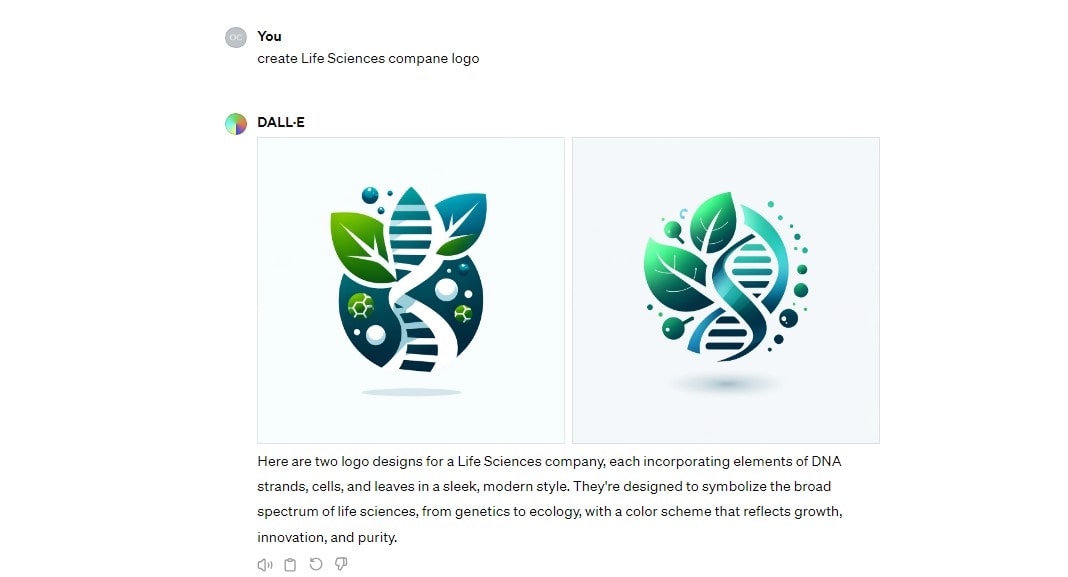
Venture into a realm where your digital marketing content is not merely produced but meticulously sculpted by an intelligence that precisely understands your target audience’s desires. Generative AI transforms life science digital marketing.
Generative AI Revolution in Content Creation
Generative AI is transforming the landscape of digital content creation, moving beyond traditional methods to utilize algorithms capable of generating text, images, and videos that are not only coherent but also captivating. Picture it as having an infinitely innovative collaborator who operates round the clock, crafting digital marketing content that truly resonates with your audience. Whether it’s composing insightful articles or devising personalized marketing strategies, generative AI acts as your digital virtuoso in the expansive online studio of the internet.
Transformative Impact on Life Science Marketing
The influence of generative AI within the life science marketing domain is significant. It can distill complex research findings into concise, understandable summaries or turn intricate scientific data into engaging stories for broader audiences. This advanced technology creates educational content that demystifies complex life science concepts for the layperson, enhancing science’s digital accessibility. Additionally, generative AI tailors content to various audience segments, ensuring every piece of marketing material is pertinent and captivating.
Future Trends in Life Science Digital Marketing
Generative AI content development in life science digital marketing is promising. We anticipate more advanced applications, with content becoming increasingly interactive and immersive. AI-generated virtual reality simulations could offer hands-on experiences of scientific phenomena, pushing the boundaries of digital marketing and education in life sciences. The challenge lies in leveraging this technology judiciously, prioritizing accuracy and ethical standards in AI-generated content.
Generative AI is changing life science digital marketing content development. Its unparalleled efficiency in producing customized, engaging, and informative content presents vast opportunities for digital marketers and educators in the science field. Human creativity and AI’s capabilities will shape life science digital marketing, opening new communication and learning channels. The critical question is how rapidly we can adopt this change to maintain a competitive edge in the ever-evolving digital landscape.
Harnessing User-Generated Content for Genuine Life Science Marketing Connections
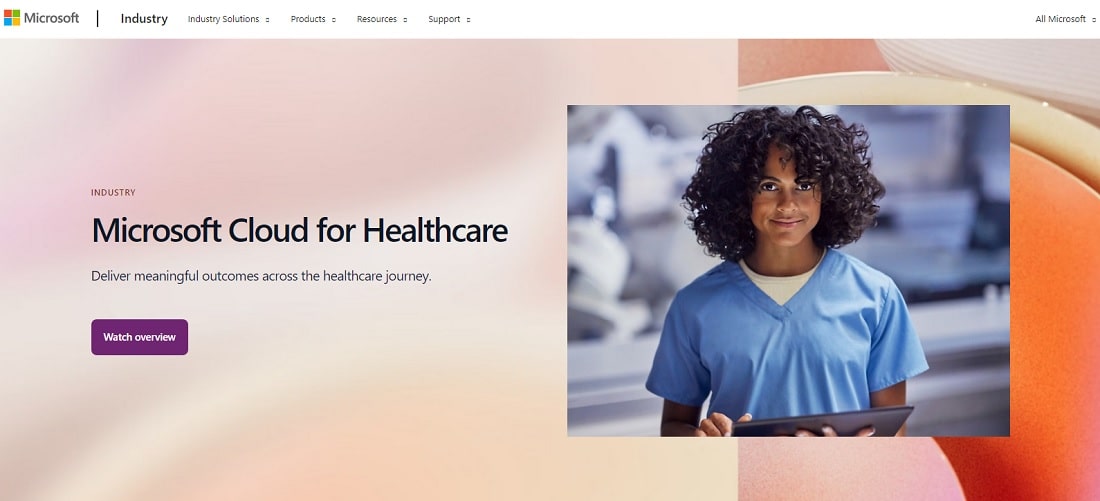
In an era where authenticity reigns supreme in engagement, user-generated content (UGC) is a cornerstone of genuine interaction. It represents the narratives of your audience, weaving their personal experiences with your brand into the fabric of their stories. UGC may change life science digital marketing by deepening connections through authenticity.
The Significance of UGC in Digital Marketing
User-generated content acts as a powerful endorsement from your audience, a testament to the authenticity and impact of your brand in the real world. It’s candid, compelling, and connects profoundly, transcending traditional marketing messages. When customers or researchers share their stories and achievements facilitated by your life science products or services, they’re not merely promoting your brand but affirming its value and credibility. This peer-driven validation cultivates trust and community, rendering your brand more relatable and trustworthy. It shifts the narrative from a brand-centric monologue to a vibrant, community-driven dialogue.
Live Science Digital Marketing UGC Successes
The digital landscape is rich with examples of UGC catalyzing engagement and loyalty. Consider the dynamic user-generated videos from GoPro, which highlight the product’s versatility and foster a sense of community and shared adventure. Life science businesses can adopt similar strategies, encouraging scientists and researchers to share their discoveries and experiences facilitated by their products. This showcases their offerings’ practical application and reliability and amplifies their reputation within the scientific community.
Strategies to Encourage UGC in Science Marketing
Fostering UGC within the life science sector can be straightforward and impactful. Initiating a campaign with a brand-specific hashtag or encouraging the sharing of research outcomes using your products can spark user engagement. Actively interacting with this user-generated content—through likes, comments, and shares—amplifies its reach and impact. Incentives such as contests or the promise of featuring user content in your marketing materials can further motivate participation. Acknowledgment and recognition serve as potent incentives, driving the creation of content that celebrates the intersection of user experience and brand influence.
Incorporating user-generated content into your life science digital marketing strategy opens a window to your audience’s authentic experiences and successes. It offers an unfiltered glimpse into the real-world application and benefits of your products or services, narrated through the voices of those it impacts most. As digital connections continue to shape the engagement landscape, UGC is a powerful testament to your brand’s authenticity and community-building capacity. It fosters community and purpose beyond content creation, essential for life sciences digital marketing.
Harnessing Short-Form Video for Life Science Digital Marketing Success
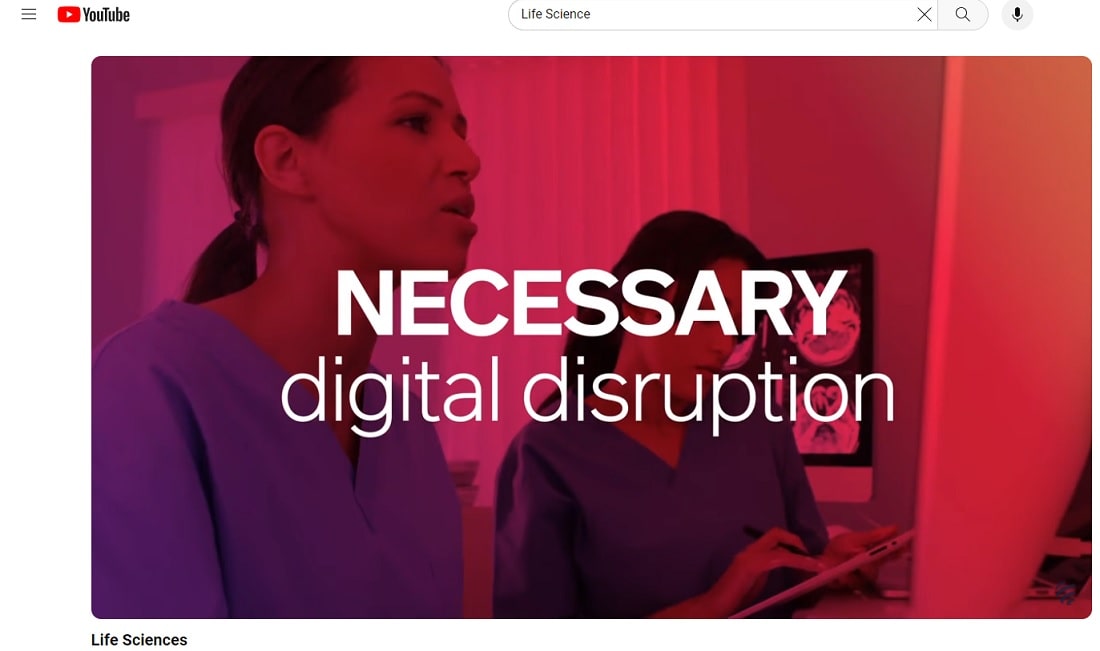
Life science digital marketing is rapidly changing, and short-form video material best engages viewers’ short attention spans. Its brevity, dynamism, and ability to convey compelling narratives swiftly make it an indispensable tool for engaging and captivating your target audience.
Trends in Short-Form Video for Science Marketing
The digital realm is currently dominated by platforms like TikTok, Instagram Reels, and YouTube Shorts, each offering a stage to present your life science brand through engaging, concise video clips that make a significant impact. These platforms have become the epicenters of viral marketing phenomena, innovative challenges, and a burgeoning influencer marketing scene, underscoring the ethos that brevity can be the soul of wit in digital marketing. The secret lies in producing content transcending mere viewing to evoke genuine emotion and curiosity, compelling the audience to seek more.
Crafting Captivating Short Videos in Science Marketing
To cut through the noise, your life science videos must be anchored in compelling storytelling, relatability, and clear calls to action. Incorporate striking visuals and clear, quality sound, ensuring your message captures attention from the first frame. The essence of this strategy is to utilize each moment to its fullest potential, delivering your life science marketing message in a manner that is concise and profoundly resonant with your viewers, thereby fostering a deeper brand connection.
Evaluating Success in Short-Form Video Marketing
In life science digital marketing, the success of short-form video content extends beyond mere views to encompass viewer engagement, the shareability of your content, and the subsequent actions taken by your audience. Utilize these digital platforms’ analytics and tools to gain insights into how your videos perform and interact with viewers. Indicators of successful content include an uptick in follower numbers, heightened engagement levels, and active audience feedback through comments and shares, all of which signal the efficacy and impact of your life science marketing efforts.
Short-form video content is a potent tool in the life science digital marketing toolkit, capable of capturing and sustaining audience engagement in a digital landscape where attention is a prized commodity. By leveraging this format effectively, life science marketers can enhance their brand’s visibility, foster meaningful engagement, and drive forward their marketing objectives in an increasingly digitalized world.
Optimizing for Voice Search in Life Science Digital Marketing
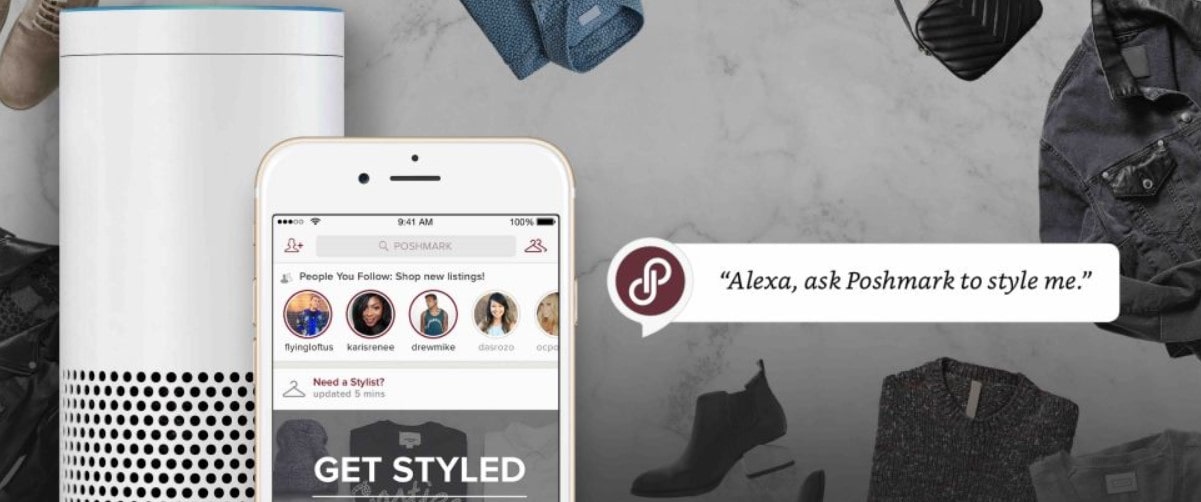
As the digital landscape advances, voice search optimization (VSO) has become an essential feature of digital marketing strategy, especially in life sciences.
Smartphones, smart speakers, and virtual assistants have changed information-gathering methods.
It’s pivotal that your life science marketing content is adeptly tuned to converse in the vocabulary of your target audience.
The Growing Influence of Voice Search in Marketing
Voice search revolutionizes the search process by making it quicker, more intuitive, and accessible without manual input. Imagine potential customers searching their smartphones for life science products and services while doing other things. If your marketing content is finely optimized for voice search, your brand could emerge as the direct response they receive. This evolving preference for voice search necessitates a marketing strategy finely attuned to natural language processing and question-oriented searches.
Life Science Marketing Strategies for Voice Search
Understanding voiced searches, which differ greatly from typed queries, is essential to voice search content.
Effective strategies include:
- Prioritizing long-tail keywords and conversational phrases that mirror natural speech.
- Structuring content to answer questions directly enhances its utility.
- Strengthening local SEO efforts, considering the high volume of local inquiries made via voice search.
- Optimizing website speed to align with the quick delivery expectations of voice search algorithms.
Adopting these strategies can elevate your content’s visibility in voice search outcomes, enhancing your life science brand’s likelihood of becoming a go-to source in this expanding domain.
The Promising Horizon of Voice Search
The trajectory of voice search promises enhanced personalization and precision in search results as technologies advance. Life science businesses that proactively integrate voice search optimization into their digital marketing plans will gain a competitive edge, ensuring effortless content accessibility through voice commands. It’s about transcending mere online discoverability to achieve audible prominence in the market.
Voice search optimization is essential to modern life science digital marketing methods, matching audience search behaviors.
By refining your content for voice search, you open a new channel of interaction with your audience, endowing your brand with a distinctive voice in the crowded digital ecosystem. Now is the moment to ensure your life science brand resonates audibly with your target demographic.
Augmented Reality for Enhanced Customer Experiences
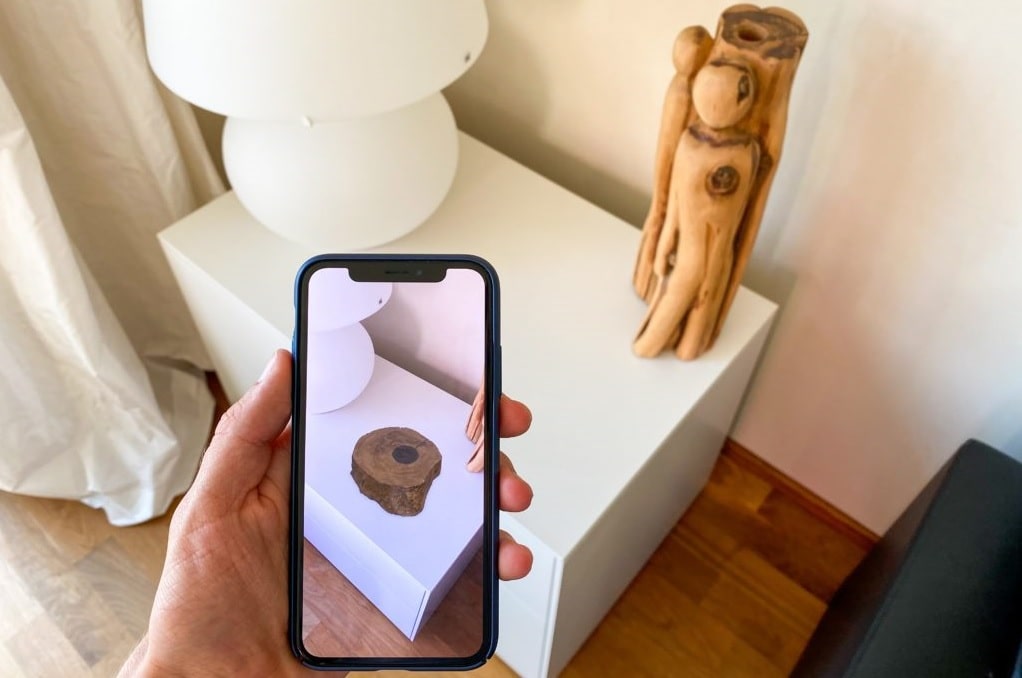
As technology advances, augmented reality (AR) emerges as a transformative tool for enhancing customer experiences. Imagine trying on glasses, visualizing furniture in your home, or even observing complex molecular structures through your smartphone’s screen. AR is not just a novelty; it’s a bridge connecting users with a more immersive and interactive understanding of products and concepts.
Introduction to AR in Marketing
Augmented reality in marketing opens up new dimensions for engagement, allowing customers to interact with products in ways previously limited to the imagination. From virtual try-ons to interactive 3D models, AR brings products to life, offering a hands-on experience without the physical need. This technology enhances the user experience and lets marketers uniquely exhibit their products.
Case Studies
Consider IKEA’s AR app, which lets customers visualize how furniture fits in their space before purchasing. Similarly, AR can demystify complex products or procedures in the life sciences. For instance, medical device companies use AR to demonstrate how their products function inside the human body, providing clear, understandable insights to patients and healthcare providers.
Implementing AR in Your Strategy
Incorporating AR into your marketing strategy requires thoughtful planning and a clear understanding of your objectives. Start with identifying the touchpoints where AR can significantly enhance the user experience. Focus on usability and ensure that your AR features are accessible and provide real value to your audience. Finally, leverage social media and other platforms to promote AR initiatives, encouraging users to explore and share their experiences.
Marketing Automation and Personalization
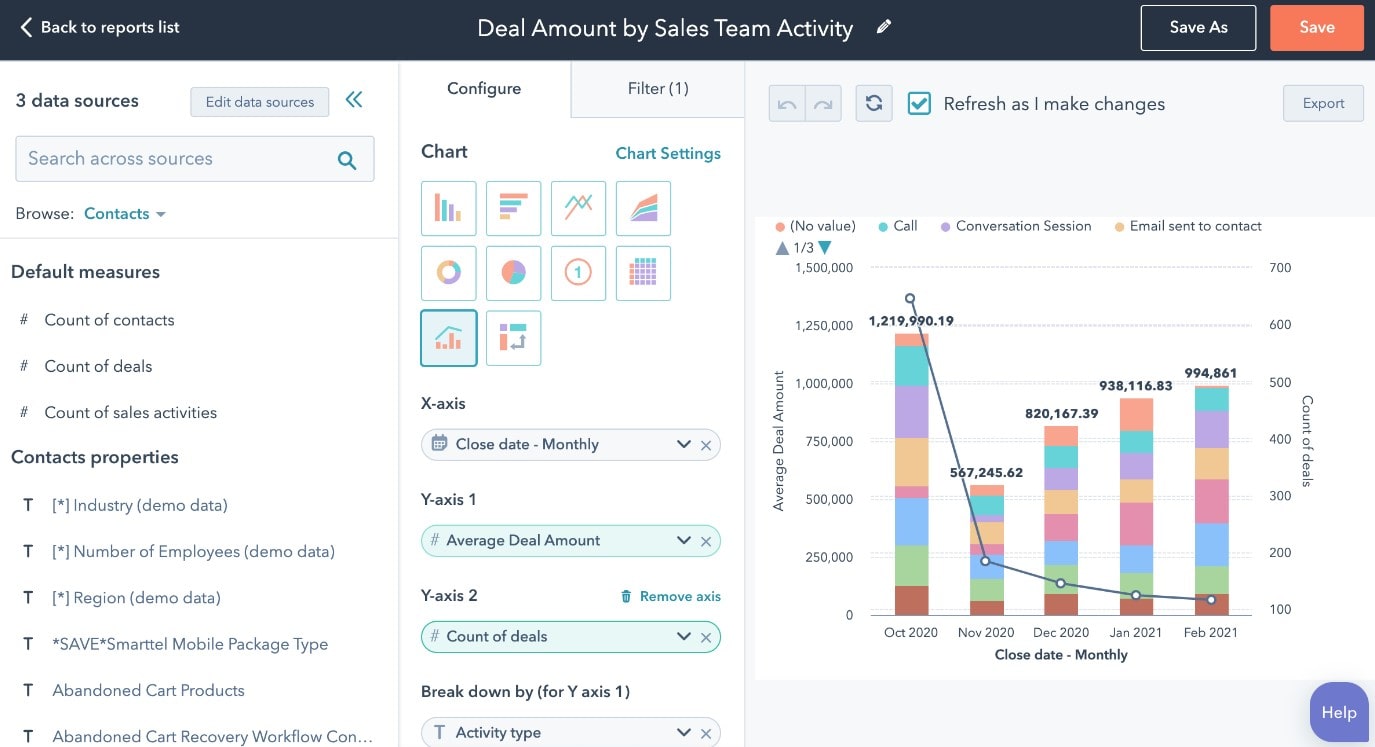
In today’s digital age, marketing automation and personalization are not just trends but essential strategies for engaging and retaining customers. Imagine a world where every interaction with your brand feels like a conversation with a good friend who knows your preferences and interests. That’s the power of combining marketing automation with deep personalization.
Marketing Automation Tools
Marketing automation tools streamline your marketing tasks, making your strategy more efficient and effective. From scheduling emails to posting on social media, these tools ensure your marketing machine runs smoothly without constant manual intervention. Tools like HubSpot, Marketo, and Pardot offer sophisticated features that segment audiences, automate email campaigns, and analyze customer behavior, enabling marketers to reach the right people with the right message at the right time.
Personalization Techniques
Personalization extends beyond emailing customers by name. It involves tailoring content, offers, and experiences based on individual customer data and behavior. Techniques include dynamic website content that changes based on visitor interests, personalized email marketing campaigns based on past interactions, and targeted ads that follow users across the web. The key is to use the data collected by your automation tools to create a personalized experience that resonates with each customer.
Integrating Automation and Personalization
The real magic happens when you integrate marketing automation with personalization. This combination allows you to automate the delivery of personalized messages and content, effectively scaling your marketing efforts without losing the personal touch. By setting up automated workflows that trigger based on specific customer actions or milestones, you can deliver highly personalized experiences that drive engagement and conversion. The goal is to make every customer feel like your marketing message was crafted just for them.
Marketing automation and personalization are crucial for creating efficient, scalable, and engaging marketing strategies. Brands can create individualized, relevant customer interactions with the appropriate tools and approaches. As we move forward, the ability to blend automation with personalization will be a competitive advantage and a necessity for brands looking to thrive in the digital marketplace.
Utilizing Data Analytics for Enhanced Life Science Marketing Strategies
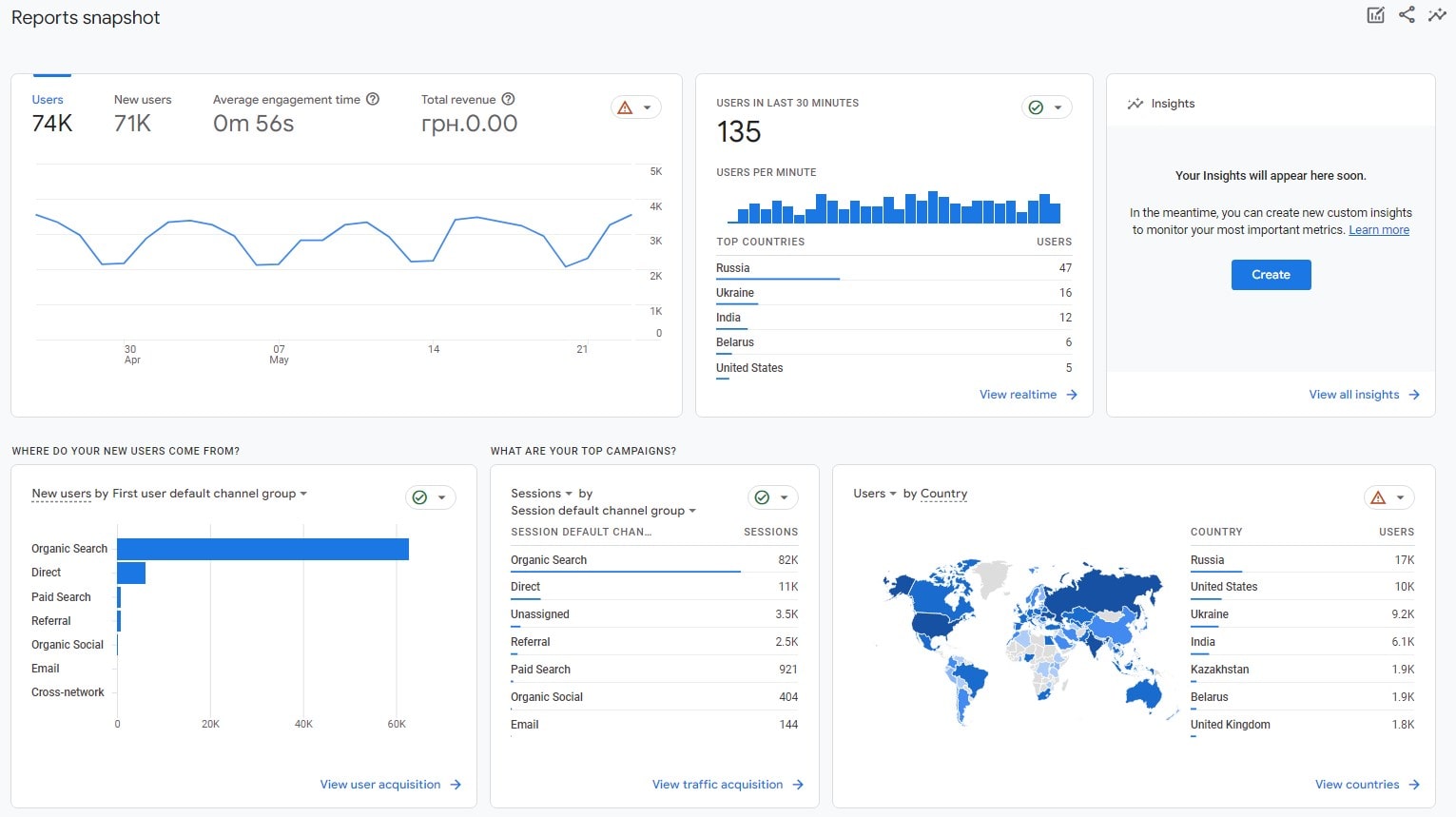
Data analytics guides life science digital marketers to develop smart strategies. By harnessing the power of data analytics, life science businesses gain the ability to traverse through market dynamics, consumer behaviors, and the effectiveness of various campaigns with unparalleled accuracy. Let’s delve into how the strategic application of data analytics can illuminate the path to informed marketing decisions.
Crucial Role of Data Analytics in Life Science Digital Marketing
Data analytics transforms voluminous raw data into valuable insights through meticulous collection, processing, and analysis. For life science marketing professionals, this translates into a deeper comprehension of which marketing initiatives spark the most engagement, the most productive channels, and the types of content that resonate deeply with their target audience. Platforms like Google Analytics and Adobe Analytics offer a treasure trove of data, enabling marketers to sculpt their strategies and fine-tune campaign performances.
Essential Analytical Tools and Techniques for Science Marketing
A suite of analytical tools and techniques stands ready to empower marketers in the life sciences sector. Predictive analytics, for example, leverages historical data to project future trends, while segmentation analysis categorizes customers into distinct groups based on shared attributes. Social media analytics tools shed light on audience engagement and demographics, whereas A/B testing pits different campaign iterations against each other to identify superior performance. Each tool and technique provides a unique perspective on marketing data, crafting a holistic view of the efficacy of marketing strategies.
Deriving Actionable Insights through Data Analytics
The quintessence of data analytics lies in generating actionable insights that guide strategic marketing decisions. This journey goes beyond superficial metrics like clicks and views, delving into a profound analysis of customer journey mapping, conversion rate optimization, and assessing customer lifetime value. Understanding the underlying “why” behind the data equips life science marketers with the knowledge to make choices that elevate ROI and boost customer satisfaction and conversion rates.
The strategic leverage of data analytics is indispensable for life science marketers seeking to navigate the intricacies of the digital marketing landscape adeptly. By recognizing the significance of data analytics, employing appropriate tools and techniques, and concentrating on extracting actionable insights, life science businesses can unleash the full potential of their digital marketing endeavors. As the digital marketing frontier expands, the mastery of data analytics will emerge as a crucial lever for crafting successful, insight-driven marketing campaigns in the life sciences domain.
Conclusion
Staying ahead in digital marketing requires adapting to new trends. Generative AI, short-form video content, voice search optimization, and augmented reality are all promising for marketing in the future. But don’t stop here; the journey into digital marketing excellence is ongoing. Hungry for more insights? Dive into the Plerdy blog for a treasure trove of strategies, tips, and trends that can propel your marketing efforts to new heights. Make Plerdy your go-to resource for turning digital marketing challenges into opportunities for growth.
